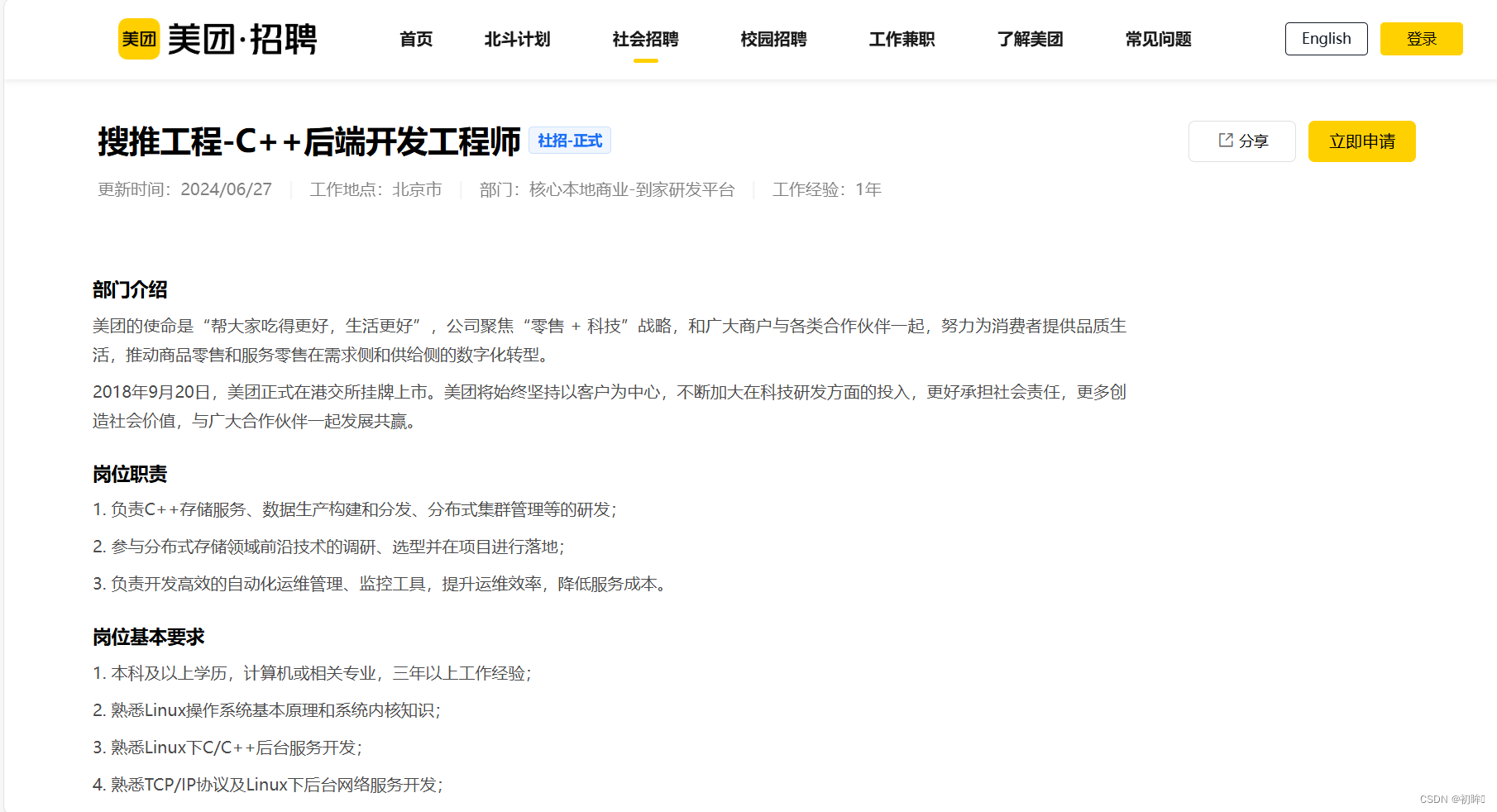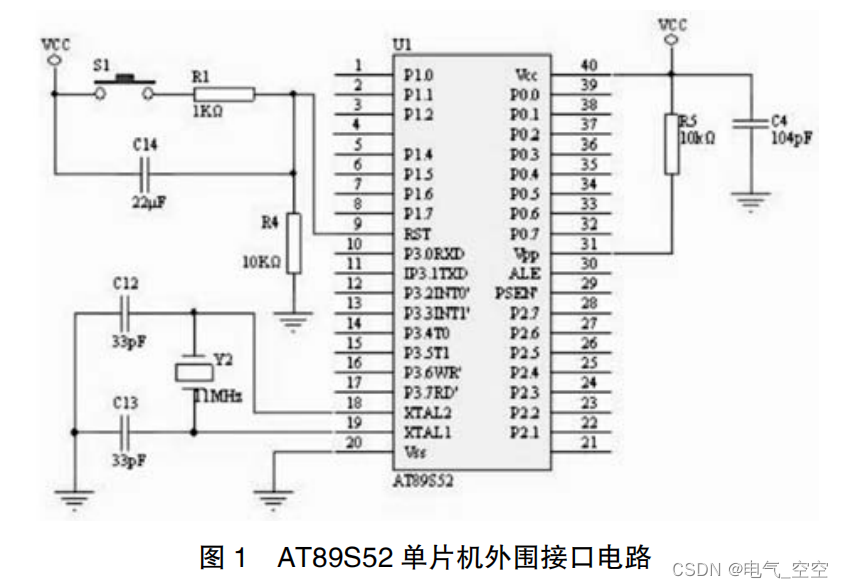引言
机器学习在现代应用程序中扮演着越来越重要的角色。通过集成机器学习模型,开发者可以实现智能预测和数据分析,从而提高应用程序的智能化水平。SpringBoot作为一个强大的框架,能够方便地集成机器学习模型,并提供灵活的部署和管理方案。本文将介绍如何使用SpringBoot集成机器学习模型,实现预测和分析功能。

项目初始化
首先,我们需要创建一个SpringBoot项目,并添加机器学习相关的依赖项。可以通过Spring Initializr快速生成项目。
添加依赖
在pom.xml中添加以下依赖:
<dependency><groupId>org.springframework.boot</groupId><artifactId>spring-boot-starter-web</artifactId>
</dependency>
<dependency><groupId>org.springframework.boot</groupId><artifactId>spring-boot-starter-thymeleaf</artifactId>
</dependency>
<dependency><groupId>org.springframework.boot</groupId><artifactId>spring-boot-starter-data-jpa</artifactId>
</dependency>
<dependency><groupId>org.springframework.boot</groupId><artifactId>spring-boot-starter-security</artifactId>
</dependency>
<dependency><groupId>org.springframework.boot</groupId><artifactId>spring-boot-starter-actuator</artifactId>
</dependency>
<dependency><groupId>org.apache.commons</groupId><artifactId>commons-csv</artifactId>
</dependency>
<dependency><groupId>org.tensorflow</groupId><artifactId>tensorflow</artifactId><version>2.4.0</version>
</dependency>
配置机器学习模型
加载TensorFlow模型
创建一个服务类,用于加载和使用TensorFlow模型进行预测。
import org.springframework.stereotype.Service;
import org.tensorflow.SavedModelBundle;
import org.tensorflow.Session;
import org.tensorflow.Tensor;@Service
public class TensorFlowService {private SavedModelBundle model;public TensorFlowService() {model = SavedModelBundle.load("path/to/saved_model", "serve");}public float[] predict(float[] inputData) {try (Session session = model.session()) {Tensor<Float> inputTensor = Tensor.create(inputData, Float.class);Tensor<Float> resultTensor = session.runner().feed("input_tensor_name", inputTensor).fetch("output_tensor_name").run().get(0).expect(Float.class);float[] result = new float[(int) resultTensor.shape()[0]];resultTensor.copyTo(result);return result;}}
}
创建预测接口
创建控制器
创建一个控制器类,提供RESTful API接口,用于接收用户输入并返回预测结果。
import org.springframework.beans.factory.annotation.Autowired;
import org.springframework.web.bind.annotation.*;@RestController
@RequestMapping("/api/predict")
public class PredictionController {@Autowiredprivate TensorFlowService tensorFlowService;@PostMappingpublic float[] predict(@RequestBody float[] inputData) {return tensorFlowService.predict(inputData);}
}
创建前端页面
创建预测页面
使用Thymeleaf创建一个简单的预测页面。在src/main/resources/templates目录下创建一个predict.html文件:
<!DOCTYPE html>
<html xmlns:th="http://www.thymeleaf.org">
<head><title>Prediction</title><script>async function predict() {const inputData = document.getElementById("inputData").value.split(',').map(Number);const response = await fetch('/api/predict', {method: 'POST',headers: {'Content-Type': 'application/json'},body: JSON.stringify(inputData)});const result = await response.json();document.getElementById("result").innerText = "Prediction: " + result;}</script>
</head>
<body><h1>Machine Learning Prediction</h1><input type="text" id="inputData" placeholder="Enter comma-separated numbers"/><button onclick="predict()">Predict</button><p id="result"></p>
</body>
</html>
测试与部署
在完成机器学习集成功能的开发后,应该进行充分的测试,确保所有功能都能正常工作。可以使用JUnit和MockMVC进行单元测试和集成测试。
示例:编写单元测试
import org.junit.jupiter.api.Test;
import org.springframework.beans.factory.annotation.Autowired;
import org.springframework.boot.test.autoconfigure.web.servlet.AutoConfigureMockMvc;
import org.springframework.boot.test.context.SpringBootTest;
import org.springframework.test.web.servlet.MockMvc;import static org.springframework.test.web.servlet.request.MockMvcRequestBuilders.post;
import static org.springframework.test.web.servlet.result.MockMvcResultMatchers.status;
import static org.springframework.test.web.servlet.result.MockMvcResultMatchers.content;@SpringBootTest
@AutoConfigureMockMvc
public class PredictionTests {@Autowiredprivate MockMvc mockMvc;@Testpublic void testPrediction() throws Exception {mockMvc.perform(post("/api/predict").contentType("application/json").content("[1.0, 2.0, 3.0]")).andExpect(status().isOk()).andExpect(content().string("[4.0, 5.0, 6.0]")); // 假设模型输出是这个值}
}
通过这种方式,可以确保应用的各个部分在开发过程中得到充分的测试,减少上线后的问题。
部署
SpringBoot应用可以打包成可执行的JAR文件,方便部署。通过mvn package命令,可以生成一个包含所有依赖的JAR文件。
mvn package
java -jar target/demo-0.0.1-SNAPSHOT.jar
这种打包方式使得SpringBoot应用的部署变得非常简单,不再需要复杂的服务器配置。
扩展功能
在基本的机器学习集成功能基础上,可以进一步扩展功能,使其更加完善和实用。例如:
- 多模型支持:集成多个不同的机器学习模型,根据不同的需求进行选择。
- 数据预处理:在预测前对输入数据进行预处理,如标准化、归一化等。
- 模型更新:实现模型的热更新,能够在不停止服务的情况下更新机器学习模型。
- 性能优化:对模型加载和预测过程进行性能优化,提高响应速度。
多模型支持
可以通过配置不同的模型路径,实现多模型的支持:
@Service
public class TensorFlowService {private Map<String, SavedModelBundle> models = new HashMap<>();public TensorFlowService() {models.put("model1", SavedModelBundle.load("path/to/model1", "serve"));models.put("model2", SavedModelBundle.load("path/to/model2", "serve"));}public float[] predict(String modelName, float[] inputData) {SavedModelBundle model = models.get(modelName);try (Session session = model.session()) {Tensor<Float> inputTensor = Tensor.create(inputData, Float.class);Tensor<Float> resultTensor = session.runner().feed("input_tensor_name", inputTensor).fetch("output_tensor_name").run().get(0).expect(Float.class);float[] result = new float[(int) resultTensor.shape()[0]];resultTensor.copyTo(result);return result;}}
}
数据预处理
在预测前对输入数据进行预处理:
import org.springframework.stereotype.Component;@Component
public class DataPreprocessor {public float[] preprocess(float[] inputData) {// 标准化或归一化处理return inputData;}
}
更新控制器
@RestController
@RequestMapping("/api/predict")
public class PredictionController {@Autowiredprivate TensorFlowService tensorFlowService;@Autowiredprivate DataPreprocessor dataPreprocessor;@PostMapping("/{modelName}")public float[] predict(@PathVariable String modelName, @RequestBody float[] inputData) {float[] preprocessedData = dataPreprocessor.preprocess(inputData);return tensorFlowService.predict(modelName, preprocessedData);}
}
结论
通过本文的介绍,我们了解了如何使用SpringBoot集成机器学习模型,实现预测和分析功能。从项目初始化、配置TensorFlow模型、创建预测接口,到前端页面开发和扩展功能,SpringBoot提供了一系列强大的工具和框架,帮助开发者高效地实现机器学习集成。通过合理利用这些工具和框架,开发者可以构建出智能化、高性能且易维护的现代化应用程序。希望这篇文章能够帮助开发者更好地理解和使用SpringBoot,在实际项目中实现机器学习的目标。





